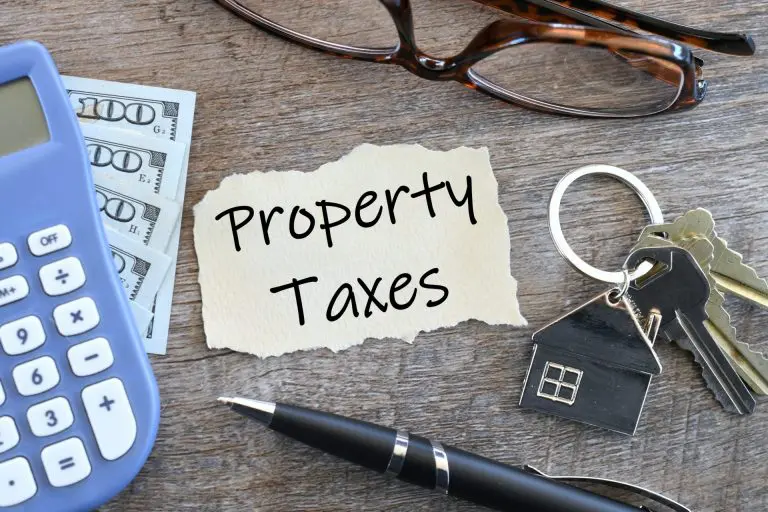From 30 June 2023, the QLD Government intend to calculate land tax on the total value of your Australian land. This includes your taxable land in Queensland and any land located in another state or territory.
This means that if you own land in Queensland and interstate, the QLD Government will calculate land tax based on:
- the total of your taxable land located in Queensland
and - the statutory value of your interstate land.
The ‘statutory value’ of interstate land is determined by valuation legislation in that state or territory. It does not include excluded land.
And if you are an absentee or a foreign company or trust, a surcharge of 2% is added when calculating land tax. This applies to the total value of your Australian land.
Will this tax impact you?
Queensland is the first jurisdiction to introduce this type of aggregation rule, with potential for others to follow suit.
This new tax means landowners Australia-wide could face a tax bill from Queensland next year if their holdings include property in that state. This could apply to those properties that currently sit below the threshold for the levy.
Due to the lack of uniformity between the land tax rules in each state and territory, little consideration has been given to the practical difficulties around implementation. Given that some states, like the Northern Territory, don’t impose land tax at all this it seems bit of an overreach that the Queensland Government will be charging tax on land that doesn’t even sit in their jurisdiction.
Let’s check out the example provided by Queensland Government
“On 30 June 2022, Lena owns land in Queensland with a taxable value of $745,000. Her land tax is calculated using the rates for individuals.
Taxable value of land: $745,000
Calculation
= $500 + (1 cent × $145,000)
= $500 + $1,450
= $1,950
Land Tax payable for 2022-23 would be $1,950
As at 30 June 2023, the value of Lena’s land in Queensland has not changed. But Lena also owns land in Victoria valued at $1,565,000. The total value of Australian land owned by Lena is $2,310,000, which means the land tax is calculated using the higher rate for individuals.
This is how Lena’s land tax will be calculated:
Taxable value of Australian land: $2,310,000
Calculation
= $4,500 + (1.65 cents × $1,310,000)
= $4,500 + $21,615
= $26,115
This amount is applied to the Queensland portion of Lena’s land (i.e. ($745,000 ÷ $2,310,000) × $26,115)).
Land Tax payable for Lena is $8,422.37”
This equals to a 331.916% increase in land tax for Lena.
What are the current thresholds in Qld?
In QLD, the current tax-free thresholds is $600,000 for individuals (other than absentees) and $350,000 for companies, trustees, and absentees.
What if I have already pay land tax in other States?
You will essentially be taxed twice!
How will they know?
Surprise, surprise, the QLD Government intends to make annual declarations the responsibility of property investors.
Their website states “If you own land in Queensland and in another state or territory, you will need to declare your interstate landholdings. You’ll need to set up a QRO Online account and complete the declaration, including land description, value and percentage of ownership.
From 30 June 2023, you will need to complete this declaration by either of the following:
- within 30 days of receiving a land tax assessment notice
- on or before 31 October”
In Summary
Considering the rising costs of living and soaring interest rates, this tax is yet another poorly thought through assault on Australian Property Investors.
And let’s not forget the potential ramification of higher rents to tenants in an already strained market should landlords need to pass on some or all of the burden.
I should note Land tax is tax deductible, however you still have to come up with the cash to pay it in the first place. And this is on top of land tax payable in any other State, council rates, water rates, 10% GST on practically everything, taxes on insurances, registrations, stamp duty if you buy a property, capital gains if you sell.
And what’s more, Australians are already being slugged with some of the highest taxes in the world (23.2% average which is well above 14.9% across all 38 OECD nations), meaning they are already disadvantages before they have to pay all these extra taxes.
When is enough enough?
That’s why I have spent the last few years developing TaxTank to help property investors to manage their portfolios in an easy to use platform that maximises deductions while minimising tax. Individual taxpayers bear the brunt of the tax system and their needs to be a clearer and fairer way for government to collect their revenues without targeting the individual.
I’m passionate about advocating for a fairer and more transparent tax system for individuals. Tax should be simple to manage, easy to understand, and hassle free for everyday Australian taxpayers.





